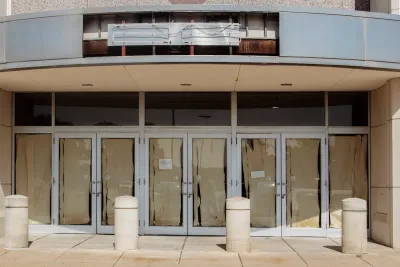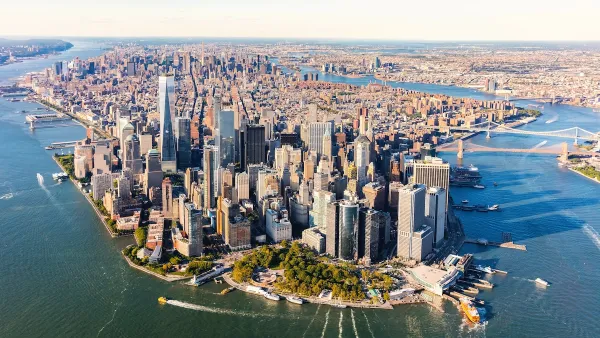Loosening restrictions on clean light manufacturing can revive dormant storefronts and revitalize communities.

Even before the pandemic’s impact on commerce, brick-and-mortar retail spaces were seeing lower demand. Rather than leave them as boarded-up vacant storefronts until new tenants move in, some cities are adjusting their zoning codes to make retail spaces more available to uses such as light manufacturing.
Writing in Governing, Ilana Preuss explains, “Small-scale manufacturers create products — from hardware to handbags to hot sauce — that typically are sold both in retail shops and online and are thus not solely dependent on foot traffic for revenue. That makes them well suited to neighborhoods and business districts seeking to revitalize from significant commercial-space vacancies.”
Recently, New York City became the first major city to loosen its zoning regulations on small-scale manufacturing in all commercial corridors, eliminating costly and time-consuming permitting processes.
“Today’s appeal and demand for small-scale manufacturing businesses is strengthened further by the fact that they often combine production facilities with a retail store and even entertainment space. That enables them to play a more enhanced role in the civic life of their communities.” For Preuss, including “small clean production businesses” in more neighborhoods can be a catalyst to economic development and community vitality.
FULL STORY: Empty Storefronts? Let Entrepreneurs Make Things There.

National Parks Layoffs Will Cause Communities to Lose Billions
Thousands of essential park workers were laid off this week, just before the busy spring break season.

Retro-silient?: America’s First “Eco-burb,” The Woodlands Turns 50
A master-planned community north of Houston offers lessons on green infrastructure and resilient design, but falls short of its founder’s lofty affordability and walkability goals.

Delivering for America Plan Will Downgrade Mail Service in at Least 49.5 Percent of Zip Codes
Republican and Democrat lawmakers criticize the plan for its disproportionate negative impact on rural communities.

Test News Post 1
This is a summary

Test News Headline 46
Test for the image on the front page.

Balancing Bombs and Butterflies: How the National Guard Protects a Rare Species
The National Guard at Fort Indiantown Gap uses GIS technology and land management strategies to balance military training with conservation efforts, ensuring the survival of the rare eastern regal fritillary butterfly.
Urban Design for Planners 1: Software Tools
This six-course series explores essential urban design concepts using open source software and equips planners with the tools they need to participate fully in the urban design process.
Planning for Universal Design
Learn the tools for implementing Universal Design in planning regulations.
EMC Planning Group, Inc.
Planetizen
Planetizen
Mpact (formerly Rail~Volution)
Great Falls Development Authority, Inc.
HUDs Office of Policy Development and Research
NYU Wagner Graduate School of Public Service





























